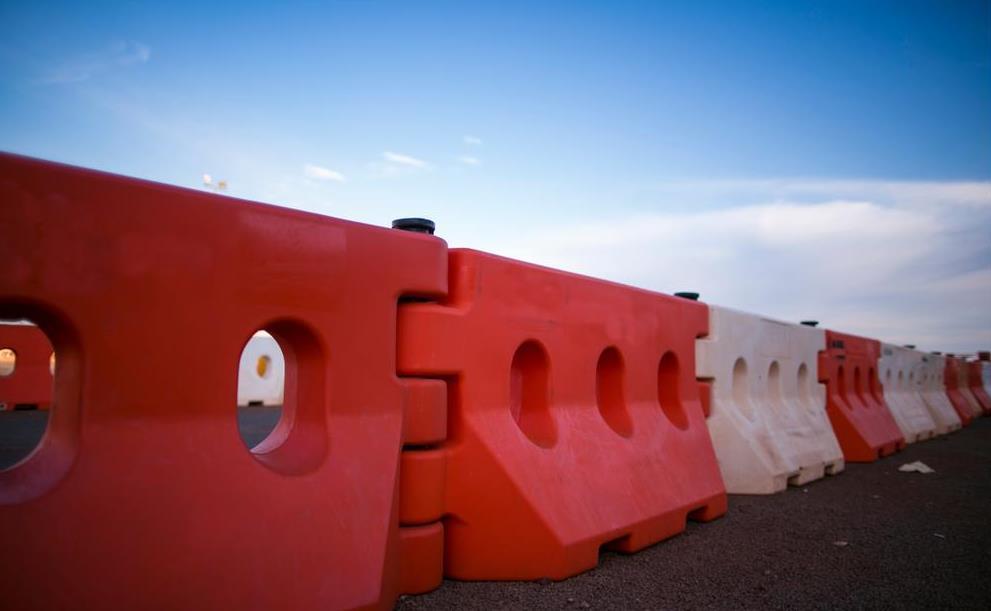This week, Museums & Galleries of NSW (M&GNSW) released preliminary findings from their COVID-19 Sector Survey.
Overall, the results show that ‘many organisations have suffered major financial losses and have been forced to cut programs as well as a reduction in staff and volunteers.’ Of the data collected to date:
37% museums and galleries across the NSW network are currently open as usual
23% are currently open with reduced hours
14% are not planning to reopen at this time, 4% of whom have indicated that they may close permanently.
The new report notes that major concerns expressed by organisations include:
- Loss of volunteers
- Decreased funding
- Insolvency due to loss of income
- Lack of tour groups, seniors visits and school groups
- Loss of staff due to defunded positions and reduction of casual staff
- Reduced programming and visitation
- Cancelled exhibitions
- Negative impact on satellite businesses and income generation including cafes, gift shops etc.
Read: The frontline pressure points are different for the regional arts sector
Last month Music Victoria, with partner peak bodies, revealed that 42% of operators in the live music sector believe they will not reopen. The result comes from a survey that canvassed 65 small to medium venues.
It further found that 38 per cent of the venues that responded were unsure of their future without government support, while only 20 per cent were confident of opening once COVID-19 restrictions are lifted.Read: First sector survey results in and they are worse than expected
Both the Music Victoria and M&GNSW preliminary results are in line with data that the Australia Council has been capturing with Patternmakers and WolfBrown to understand changes in behaviours and sentiments of arts-goers in the wake of the COVID-19 pandemic, to support decision-making and forward planning across the sector.
Their key findings from the first phase include:
- Overwhelmingly, audiences plan to return to arts and culture events in future, with 85% planning to attend just as they did in the past (78%), or even more often (7%).
- On average, 22% of audiences are comfortable attending as soon as restrictions are lifted. 67% will attend when they deem the risk of transmissions to be minimal, while 11% won’t be back until there is no risk at all.
- Views are mixed about attending large venues. 56% of audiences are not comfortable attending performance venues seating large groups of 100 people.
- 75% of audiences are participating in online arts and culture activities, like watching arts video content (52%), watching live-streamed events (42%), or doing online classes or tutorials (36%).
Results have been drawn from over 23,000 respondents, collected in a cross-sector collaborative survey process involving 159 arts and culture organisations, including museums, galleries, performing arts organisations and festivals.
Here is the full May snapshot report. This is the first of a series of progressive reports, with data collection phases planned for July and September 2020.
ARE THE NUMBERS TRENDING ACROSS SECTORS?
The numbers are sitting in sync with a further report by Culture Count, a research initiative launched specifically to track data around the impact on cultural industries. Analysis is split into three sections; what has happened, how organisations have transformed to adapt to the situation and what types of support resources will be most useful to them at this time.
Their April snapshot found that due to the introduction of COVID-19 related restrictions, organisations have:
- 96% have cancelled programs or events
- 88% have lost revenue
- 79% reported an impact to staff wellbeing
- 70% do not have a place to connect or collaborate
Of the 45% of respondents that have decreased or cut staff, 68% have dismissed casual staff, while 53% reported part-time or full-time working reduced hours.
The nature of employment in the sector compounds this impact, with 58% of respondents reporting their ineligibility for the Australian Government’s JobKeeper package. At the time of the survey, full details of the program had not been released, resulting in 16% of respondents being unsure.
THE UPSIDE OF THE RESULTS
The report by report by Culture Count showed that cultural organisations have quickly proved their capacity for creativity and innovation. It findings showed:
- 86% of respondents are working from home
- 62% have introduced new technology into their work
- 42% are looking towards virtual events, with 66% having never delivered digital programs before.
- When looking at digital platforms for engagement, there were four dominant ones: Facebook (70%); Zoom (67%); YouTube (50%) and Instagram (44%).
- Of those delivering virtual events 61% will not be charging fees, while 12% will be asking for donations. 13% were undecided.
It is consistent with this week’s data released M&GNSW, showing positive outcomes in the ability to be agile and refocus. Their COVID-19 survey showed there was an:
- Increase in focus on local artists
- Skills development in digital mediums and social media
- Time for bushfire recovery projects
- Completion of administrative and collection management tasks
You can still participate in the survey and continue to build data.
Overall, this is just the start of findings that will help arts and culture organisations to ascertain the cost of the pandemic, and to glean knowledge on how better to manage through crisis.
Simply, numbers are power. Numbers are heard. In a climate when so much information is circulating, arts organisations need to speak to government in the language they know – numbers.
Several organisations have recognised this need to collect data. Be sure to lend your voice and experience to the data banks to ensure our sector is correctly accounted for in this national crisis.
Read: Information is power: surveys help argue the case for arts sector support
